In my post on February 14th, I shared about the TTB requirements for the items required to be listed on wine labels and a bit about how those required items are connected to the label approval process.
I mentioned how over years of teaching about wine labels I’ve come to use some play on words terminology, coining my own terms, the “front” and “back” side of label compliance. That “front” side is what was discussed in that last blog post, the required items and the process of label approval.
By the “back” side of label compliance I’m talking about the TTB regulations specific to whether an individual wine blend qualifies for listing items such as a varietal name, an appellation, a vintage, or a vineyard name on its label. The TTB is not verifying that a wine meets minimum percentage requirements to list Cabernet Sauvignon, Napa Valley, etc in the process of a label approval. Instead items such as those, (varietal and appellation, and others) are verified when a winery gets audited by the TTB, and agents come to their site and run the math on their records to verify if their wine blend meets the minimum percentage requirements for listing varietal, appellation, etc on their labels.
In my book, The Inside Story of a Wine Label I refer to these commonly used label items as “non required”. In contrast to the government health warning, an alcohol content, or a brand name, which are required to be on all wine labels, items such as varietal or appellation names are never required to be listed on a wine label. However if you’re standing in the wine aisle at the store you’re going to see these “non required” items on a majority of the bottles sitting on the shelf. They play a big part in wine buyers’ decisions. For example, if a wine qualifies to list the AVA (American Viticultural Area) Napa Valley on its label, the winery isn’t going to pass up that marketing opportunity, and the consumer in that wine aisle may make a buying decision in part because of seeing that on a label.
But getting back to the process of designing and submitting a label for TTB approval. The winery staff who are tasked with this not only need to make sure the label(s) have all the required items but at the same time they also need to be reviewing the wine’s full set of blend stats to make sure the wine itself qualifies for any “non required” items listed on the labels. A wine’s blend stats are its breakdown and percentage amounts for the varietals, vintages and appellations it contains. This information comes from a winery’s recordkeeping system. The TTB calls these items “optional” information.
As an extreme example, take the term Estate Bottled. In my book I call wines that meet the TTB requirements for this term the “purest of the pure”. The requirements for meeting this term are the strictest the TTB has. If this term is to be listed on a wine label, winery staff need to know not just the wine’s full blend breakdown percentages, but also its full history to be completely confident it qualifies to list that term on its label. They of course also need to be familiar with the TTB regulations behind using that term.
To sum up, there is A LOT going on in a wine label. The process of designing a label to submit to the TTB for approval involves knowing not just what is required to be there but also whether an individual wine blend qualifies to list any of these “optional” or “non required” items. They need to know what the TTB is looking for to get their label approved, and also what the TTB is looking for in the event of an audit.
Recent Posts
If you aren’t in the winery compliance world, don’t write about it!
Nails on a chalkboard. Folks, there is already a lot of incomplete or flat-out wrong information shared about winery compliance. Let’s not add to it! Stay in your lane. If you’re not actually in the winery compliance world, please spare all of us who are, and do not...
Eight takeaways from the CalRecycle training webinar on CA CRV requirements.
I joined in with the group of around 500 other folks who showed up live to CalRecycle's informational webinar on what the CA CRV reporting will mean for wineries. A fun way to kill a couple of afternoon hours on a Friday afternoon! But seriously it was very...
